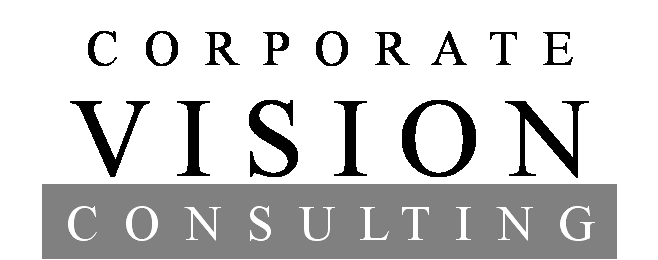
Behind the creation of the 20-20-20 rule for digital eye strain

The 20-20-20 rule has taken on a life of its own, but it remains a useful trick to reduce digital eye strain.
Unless you’ve been practicing under a rock for the past 15 years, you’ve likely heard of the “20- 20-20 rule" for computer eye strain. It has been recommended by almost every major state association and eyecare industry outlet, including the American Optometric Association (AOA), the American Academy of Ophthalmology (AAOpt), The Vision Council and many more. But have you ever wondered where it came from or what was the rationale for the practice?
I graduated from Illinois College of Optometry in 1975. After my 2-year active duty service for the US Navy in San Diego and a few years in private practice, I started working at an office near a local university. It was here where I started seeing patients who had vision problems that didn’t fit “the mold” for their age. For instance, patients in their 20s were just starting to become myopic; others were having headaches, but only during the weekdays and at the end of the day. When I began to ask questions about their lifestyle and activities, I found that most of these people were in the computer sciences division at the university. Since I completed my optometric education during the 70s, we never studied the effects that screens had on the vision of a student or office worker. This area of “display viewing” was new and there were few, if any, studies on the interaction of the computer display and vision. I decided then that this was an area of eye care that was underserved and needed to be addressed.
Fortunately, I was able to contact the renowned James Sheedy, OD, PhD, then professor at the UC Berkeley School of Optometry, who was conducting studies of computer-related eye strain. I followed up with him to see the results of his studies and decided to form a consulting business to go directly to corporations and other businesses where workers were using computers on a regular basis. I would go to their corporate offices and perform on-site evaluations, giving lectures and making recommendations based on my findings. In addition, I started offering presentations to ergonomic conferences due to the fact that many of these professional never had any background on the workings of the visual system.
I wrote my first book, Visual Ergonomics in the Workplace in 1998. Soon after this publication, I was invited to give interviews with media outlets (radio and TV), which looked at this new concern for vision stress as another effect—in addition to carpal tunnel syndrome—of computer use. Given time limitations, they all asked for a “nutshell” approach to resolving this issue. This is when I came up with the “3-B” approach, which was to “Blink, Breathe, and Break.”
Around this same time, I came across a research study on carpal tunnel syndrome that noted that shorter, more frequent breaks from computer use were more beneficial than one break every two hours, which was previously recommended. I realized that the same held true for the visual system, so to simplify the discovery, I created the “20-20-20” rule for display users. The rule states, “Every 20 minutes, take 20 seconds and look 20 feet away.” As I mentioned, this rule has now been adopted by the AOA, AAOpt, the Vision Council, and many more organizations and independent eyecare professionals.
I once attended a conference where a speaker was discussing myopia. I found it a bit disconcerting when, toward the end of the lecture, the speaker announced, “The 20-20-20 rule doesn’t work.” I was taken aback at this statement but quickly realized that the speaker was referring to myopia and not eye strain. After the presentation, I met the speaker in the lobby and mentioned that I developed the rule to relieve eye strain and not as a myopia control technique. I had hoped that I got the point across but recently, I’ve seen more recommendations from a variety of sources that promote the rule for myopia control.
I never did trademark the rule but am gratified to have a few organizations and colleagues acknowledge where it originated. One day in 2018, I received a call from an optometrist in San Diego who was writing an article on the source of the 20-20-20 rule. He asked me if I knew where it came from. I said, “as a matter of fact, I do!” He interviewed me, and in February of 2018, Dr. Brian Chou published his article, “
Again, the rule was not trademarked, but I take great pride in the fact that I have not only helped patients, but I have also helped my profession. It was gratifying to have attendees from my early ergonomic lectures return the following year and exclaim, “Hey, you’re that 20-20-20 guy!”
It's funny the way things work out. And to all my colleagues who quote the rule to media outlets and patients: You’re welcome!
Newsletter
Want more insights like this? Subscribe to Optometry Times and get clinical pearls and practice tips delivered straight to your inbox.





